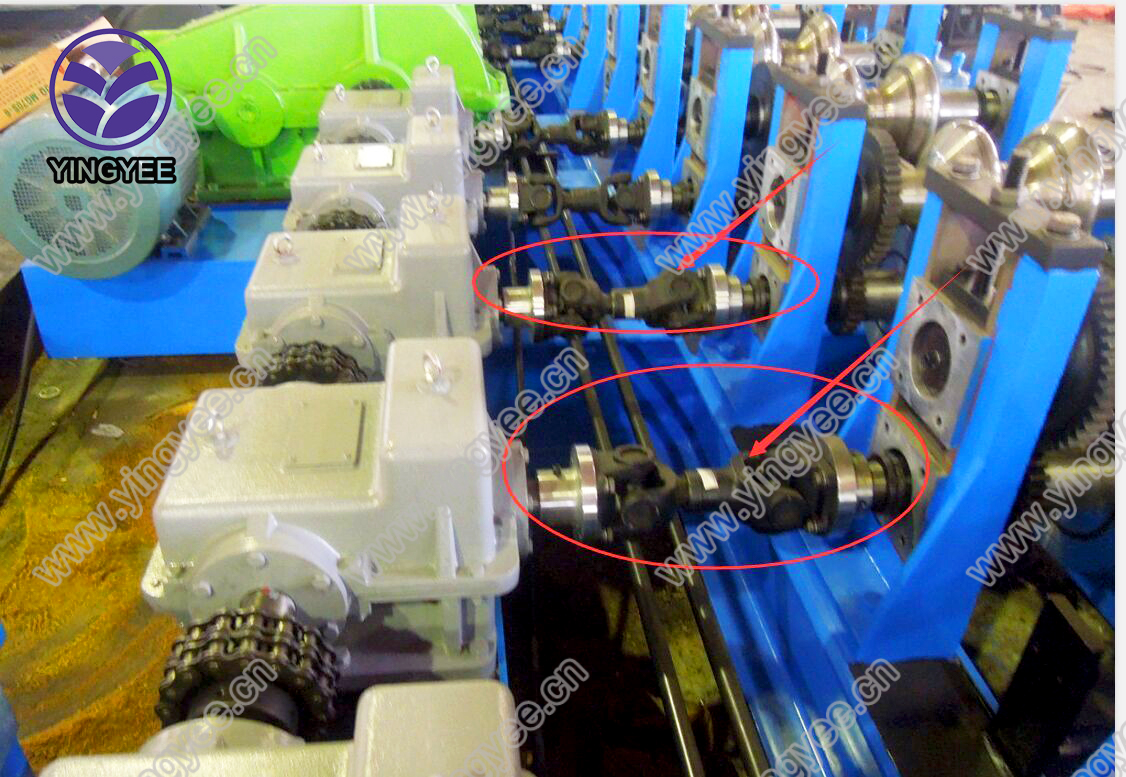
The Prudent Decision to Discontinue PU Foam Production Lines
In the realm of manufacturing, continuous assessment and adaptation are crucial to staying relevant and competitive. One notable area is the production of polyurethane (PU) foam, widely used in various applications such as furniture, bedding, automotive, and insulation. However, due to a myriad of factors, some companies are making the critical decision to discontinue their PU foam production lines. This article delves into the reasons behind this trend and its implications for the industry.
Environmental Concerns
One of the most pressing factors contributing to the discontinuation of PU foam production lines is the growing environmental awareness among consumers and regulatory bodies. PU foam, while versatile and effective, is largely made from petrochemical derivatives, which pose significant sustainability challenges. The production process can release volatile organic compounds (VOCs), contributing to air pollution and health risks. Furthermore, end-of-life disposal of PU foam can lead to landfill accumulation and environmental degradation, as it does not easily decompose.
In response to these concerns, many manufacturers are striving to adopt greener practices. The shift towards sustainable materials and eco-friendly production processes is gaining momentum. Companies are seeking alternatives to PU foam, such as bio-based foams derived from renewable resources, promoting a circular economy.
Regulatory Changes
In addition to consumer preferences, regulatory changes play a pivotal role in the decision to halt PU foam production. Governments worldwide are implementing stricter regulations to combat pollution and enforce responsible manufacturing practices. For instance, the European Union's REACH (Registration, Evaluation, Authorisation and Restriction of Chemicals) regulation imposes stringent requirements on chemical substances, which affects the production of PU foam. Manufacturers facing compliance challenges often find it more feasible to discontinue outdated production lines rather than invest in costly upgrades or replacements.

These regulations are not only limited to the EU; countries around the globe are tightening their standards in response to environmental crises. As compliance becomes increasingly complex and expensive, companies that cannot adapt quickly enough may choose to exit the PU foam market altogether.
Economic Factors
Economic considerations also influence the decision to discontinue PU foam production. The volatility of crude oil prices directly impacts the cost of raw materials used to produce PU foam. When prices soar, manufacturers face decreased profit margins, leading some to reevaluate their product lines. In a competitive market, firms must balance production costs with consumer pricing expectations. As more companies pivot towards alternative materials that are more stable in pricing and demand, the traditional PU foam production model may become economically unviable.
Moreover, global supply chain disruptions, such as those seen during the COVID-19 pandemic, have shown manufacturers the importance of having a resilient and adaptable supply chain. In these uncertain times, reducing reliance on complex and fragmented material sources can compel companies to rethink their strategies to ensure long-term sustainability.
Market Transformation
The discontinuation of PU foam production lines does not signal the end of foam manufacturing; rather, it marks a significant shift in the industry landscape. Companies are investing in research and development of innovative materials that meet consumer demands while minimizing environmental impact. The emphasis on sustainable solutions opens doors for new players and technologies, fostering an environment of creativity and progress.
In conclusion, the decision to discontinue PU foam production lines stems from a combination of environmental concerns, regulatory pressures, and economic realities. As manufacturers adapt to the changing landscape, the future of foam products will likely feature more sustainable materials and practices. This transformation not only reflects the values of the current market but also paves the way for a greener and more responsible manufacturing paradigm. As we move forward, the industry must embrace these changes to thrive in a world increasingly focused on sustainability and innovation.